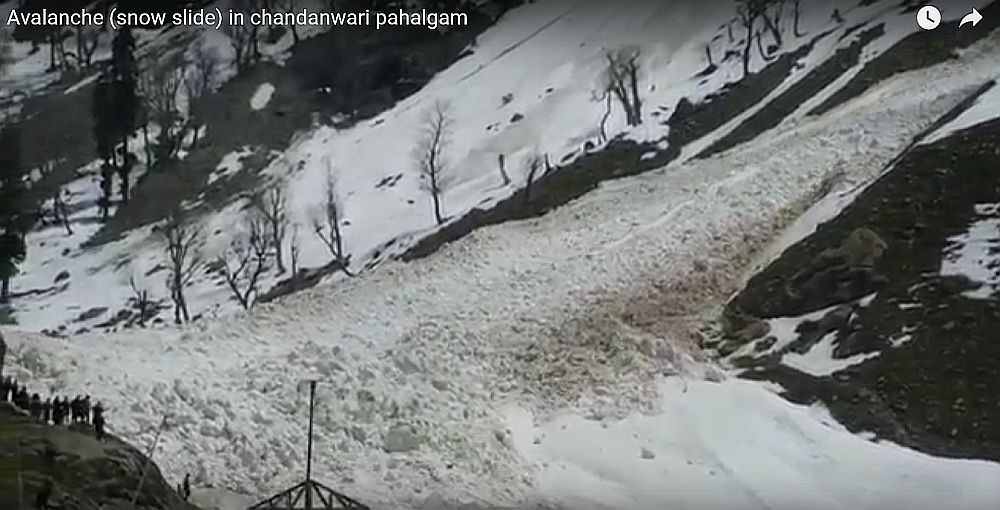Olga Koshmanova
A Look from Behind
Tyumen obl., Rezh publ., 2008, 160 p.
The hominoid researcher Olga Koshmanova lives in Western Siberia in a small town with thick taiga all around. Now she published the book "A Look from Behind". She tells us about "humpolene-kompolene" that on Mansi language means "The Owner of Nature". The same as Bigfoot or "Snow man".
She collected records about many encounters and meetings with these creatures, mainly in taiga of Kondinsky region and other areas of Western Siberia, that is about 500 km to the North from Tyumen city. The name of the book "A Look from Behind" means that a traveler in taiga feels by its own spine an attention or presence of a hominoid lurking somewhere nearby.
Olga Koshmanova more than 30 years collected, at first as regional history amateur and then as naturalist, various data about unusual that occurs in the nature. Having by native origin access to ancient knowledge of Mansi people she saved many data that were rejected as fiction by common citizens. She represents in the book many records that show important features in behavior and appearance of the creatures which will be claimed by hominoid ethology researchers in due time. They are unknown to mainstream science, but familiar to many common people in the region. In spite of that one can't agree with some conclusions of the author, especially regarding the nature of these creatures, records about encounters with hominoids in Western Siberia will ever be the sound file of facts.
Many records of the author show that the behaviour of peoples whose lives dipply connected with forest is formed substantially as a result of contacts with hominoids living in these woods. These contacts form morals, behaviour rules in woods, namely
- it is forbidden to break without need silence in wood, to bawl drunk songs and similar;
- it is forbidden to spoil, destroy woods;
- a person ought not to take from wood more than it is necessary for life, and some others.
It not simply precepts of the good person: if I want - I follow them, if I do not want - it is my business. Those who do not follow them, the Kompolen will expel from woods, intimidate them so that they would loose desire to appear in the woods again. The morals of woods order to put in mind that somebody else lives besides. Some food as a present should be left for him, not try to kill or to expel him. And such common rule - at the night in woods the big fire should be supported all night long. But it is matter of safety.
By publishing the book Olga Koshmanova fulfilled her desire that the unique valuable data collected in her archives did not remain neglected. She issued it in a small regional printing house at own expense. It has not arrived in libraries and bookshops.
The one who wishes to receive this book, should address directly to the author at address:
Olga Aleksandrovna Koshmanova
Russia 628235, Polovinka town, Kondinsky region, Jugra, Tyumen obl.
A house number is not necessary, in small settlement the addressee will be found by name. Cost of the book ѕ 200 rubles, not including post transfers.
Those who are ready to read the book on line, can do it free of charge
here on this site.





